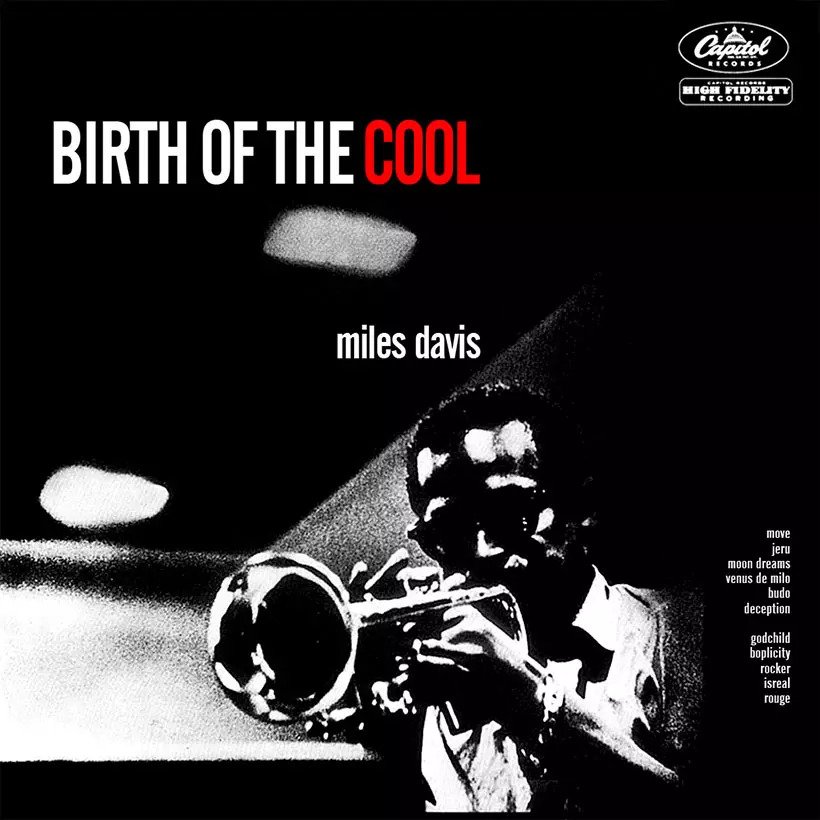
PREAMBLE
Welcome to the first installment of my new series Treasures from the Vinyl Vault. In it, I will feature select gems from my approximately 12,000 ever-growing vinyl collection, accumulated over a 45-year period and counting*. This will not be your typical “Greatest Of All Time” list, but more of a guided tour, occasionally accompanied by an anecdote or two, of the singles and albums in my collection that are most precious to me, both for their historical value and the impact they’ve had on my musical journey. In order to cover the greatest number of them, I will not go into much detail about the record’s history or its sound quality—for those aspects I invite you to visit my Top 500 SuperSonic List at https://soundevaluations.blogspot.ca/.
Records will be presented in chronological order based either on their recording date or original release date, and not reissue date—which means, for example, that Miles Davis’ iconic Kind of Blue album will be featured only once, in 1959, despite its many remasterings and repressings over the years. Also, all pressings are US ones unless specified otherwise. If ‘mono’ is not indicated, then consider it stereo or that the stereo version of it is my de facto choice of the two. Let’s get to it, shall we?
Here are perfect examples of Charlie “Bird” Parker and bebop at their pinnacle, originally recorded between 1945 and 1948, and cut on 10-inch 78 rpms when this new jazz style took over from big band swing. Bird is accompanied, alternately, by Dizzy Gillespie, Max Roach, Bud Powell, John Lewis, and a young trumpet player named Miles Davis—the latter still not signed to any major label. Many of the tracks in this bunch are repeated with alternate takes, so unless you’re a completist, you can easily make do with one or two of these four albums, all released in 1955. I love bebop but, due in part to the 1942-1944 musicians’ strike, it is one of the rarest jazz styles on record. As luck would have it, in the mid-90s, as I was browsing the LP jazz section at Montreal’s Disquivel on Boulevard Saint-Laurent, the store owner left to go upstairs and returned with two of the four Parker LPs shown here, in mint condition, which he offered to sell me for forty bucks apiece. Obviously, and as you can tell by the pictures, I couldn’t resist. Then, as luck would have it again later, I found the other two, for slightly less money, at a Montreal record convention. All my copies are Canadian first pressings distributed by London Records. The sound is fairly good, though limited in range and forward in the mids.
Miles Davis is probably jazz’s most important innovator, constantly evolving and changing the course of jazz many times over. Having cut his teeth by Parker’s side, he soon realized that he couldn’t compete or keep pace with neither Bird nor Dizzy, and that his playing style would feel more natural in a slower, cooler, and sparser context than in bebop’s busier one. Spearheaded by arranger, composer, band leader, and pianist Gil Evans, the nonet collective—made up of a who’s who of jazz—crafted a collection of eleven tracks recorded in three sessions between January 1949 and March 1950. The resultant music launched the cool jazz countermovement and subsequent West Coast subset. Capitol Records compiled these tracks for LP release in 1957. By including tuba, French horn, and baritone sax to the typical instrumental fare, the album is infused with a European-classical influence, and not only with the more traditional pillars of blues and swing that people came to expect. This was probably my first foray into Miles’ music but far from the last. Contrary to the Parker LPs above, I was not as lucky with Birth of the Cool when it came to being at the right place at the right time. I just missed my shot at snatching an original “turquoise” pressing, when, back in the 90s or so, a vinyl hunting competitor beat me to the chase by a few minutes at Montreal’s Primitive record store on rue Saint-Denis. My nemesis dared dangle his prize in front of my eyes, so I punched him. (Of course I didn’t, but I wanted to.) In 2003, I got the Classic Records reissue cut by Bernie Grundman which varies from good to excellent, and tends towards a warm tonality.
In my view, and that of many others, The Duke is one of the all time greatest music—not just jazz—composers ever. A jazz pianist and band leader as well, in a career that spanned roughly fifty years, The Duke’s music went beyond traditional boundaries, often defying stereotypes, with pioneering music structures and arrangements, the latter brilliantly done by longtime collaborator Billy Strayhorn. From acoustical 78 rpms to stereo LPs, The Duke’s pieces run the gamut from three-minute singles to elaborately complex masterpieces like those found on the three selections above. From as early as 1951, Columbia Records knew how to capture the band at its finest. The musical sophistication of the first release, Masterpieces by Ellington, as well as the driving energy of the second, Ellington Uptown, make these two Columbia recordings among the very best examples of mono tape transfers to vinyl LP, with Masterpieces benefiting from the technical advantage of having been cut on four sides at 45 rpm by Ryan K. Smith. My vinyl co-conspiring friend was lucky enough, in 2021, to have grabbed the last sealed copy at Montreal’s famous Aux 33 Tours for its original price, just before prices nearly doubled. The third LP on Capitol, The Duke Plays Ellington, recorded in 1953 and originally released as a ten-inch, focuses on Duke’s piano skills in a simple trio setting with Wendell Marshall on bass and Butch Ballard on drums. It shows how great Duke was at tickling the ivories. Capitol’s studio sound is very good.
Combining country, rhythm and blues, with western swing, Bill Haley–with and &–his Comets brought rockabilly and rock and roll to the forefront of the music charts and jukeboxes, where years earlier Louis Jordan, “Big Joe”, and Ike Turner laid the groundwork for this new popular music style. On these two compilation LPs, recorded between 1952 and September 1955, you get all of Haley’s biggest hits. The sound is mostly straight forward and quite good.
*I would be remiss not to mention that some of those 12,000 records I share with a fellow vinyl hunter, co-conspirator, and lifelong friend.
Reference List (Singles, albums, and labels):
- Charlie Parker – Charlie Parker Memorial, Savoy Records MG-12000 (mono) (1955), 33 1/3 rpm. Genre: jazz, bebop
- Charlie Parker – The Immortal Charlie Parker,Savoy Records MG-12001 (mono) (1955), 33 1/3 rpm. Genre: jazz, bebop
- Charlie Parker – Charlie Parker Memorial Vol. 2,Savoy Records MG-12009 (mono) (1955), 33 1/3 rpm. Genre: jazz, bebop
- Charlie Parker – The Genius Of Charlie Parker,Savoy Records MG-12014 (mono) (1955), 33 1/3 rpm. Genre: jazz, bebop
- Miles Davis – Birth of the Cool, Capitol Records T-762 (mono) (1957, Feb.), Classic Records T-762 (2003), 33 1/3 rpm. Genre: cool jazz
- Duke Ellington and his Orchestra – Masterpieces by Ellington,Columbia Masterworks ML 4418 (mono) (1951), Analogue Productions APJ 4418-45, 200g (2017), 180g (2021), (2×45 rpm). Genre: jazz, swing, orchestral big band
- Duke Ellington and his Orchestra – Ellington Uptown,Columbia Masterworks ML 4639 (mono) (1952), 33 1/3 rpm. Genre: big band swing, cool jazz
- Duke Ellington – The Duke Plays Ellington, Capitol Records T 477 (mono) (1954), 33 1/3 rpm. Genre: jazz
- Bill Haley & His Comets – Rock with Bill Haley and the Comets,Essex Records ESLP 202 (mono) (1954), 33 1/3 rpm). Genre: rock and roll, rockabilly
- Bill Haley & His Comets – Rock Around the Clock,Decca DL8225 (mono) (1955), 33 1/3 rpm). Genre: rock and roll, rockabilly
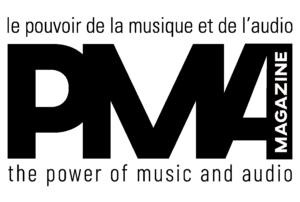
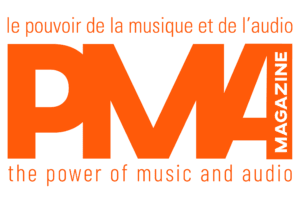
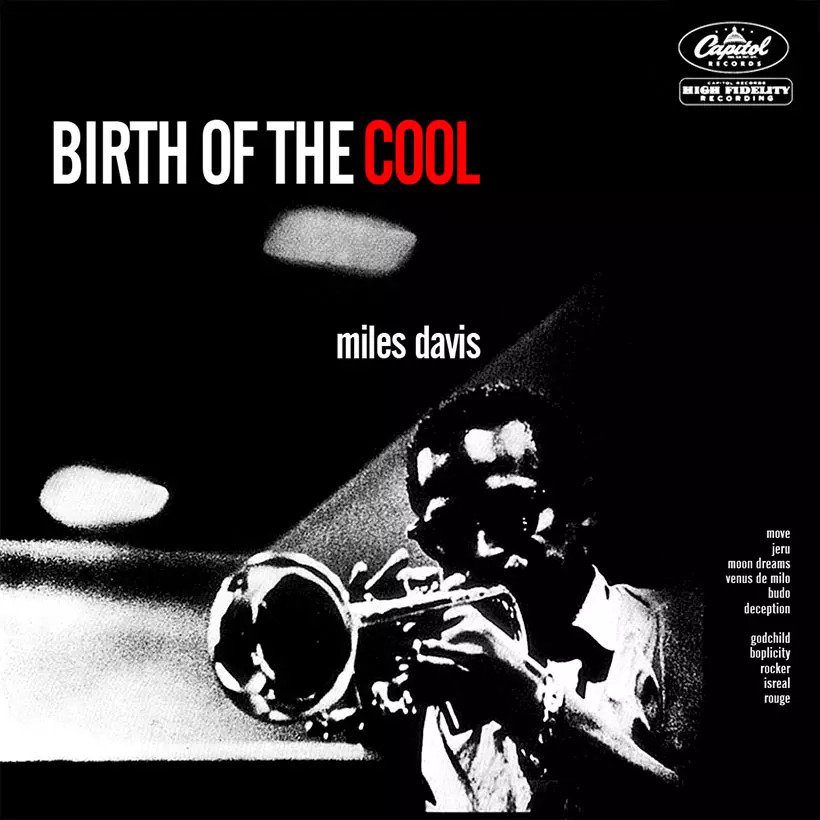
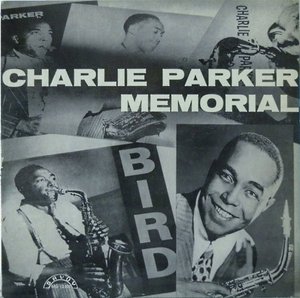

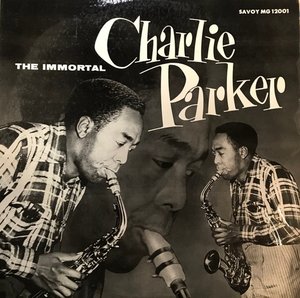
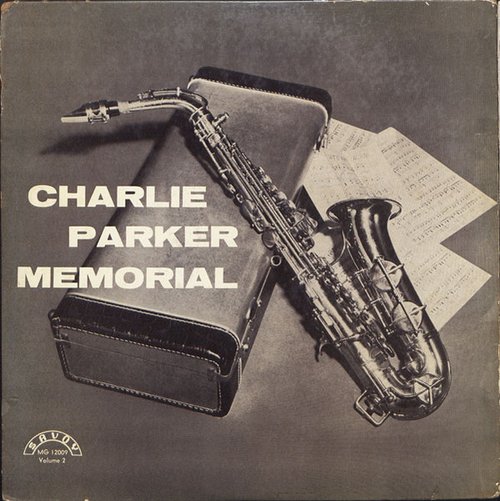
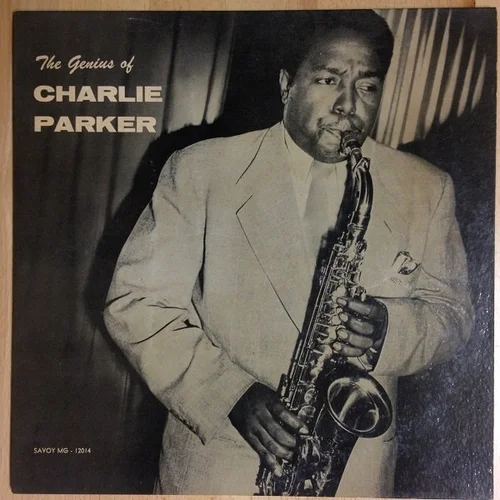
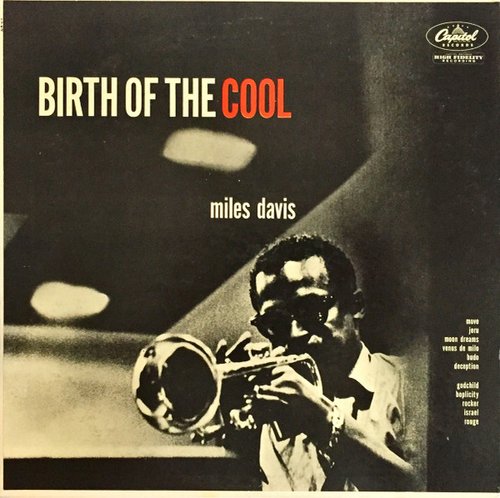
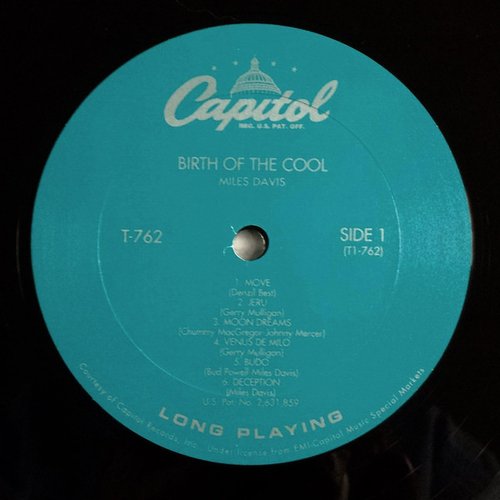
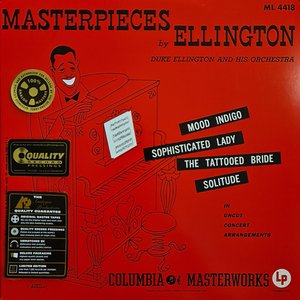

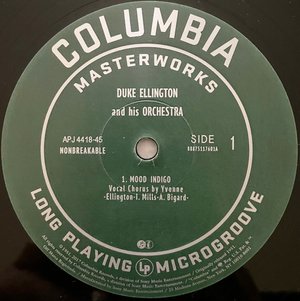
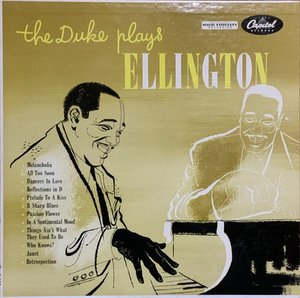
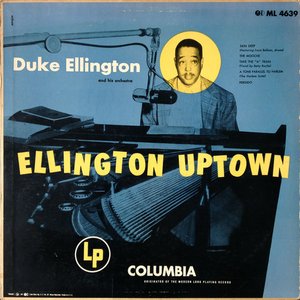
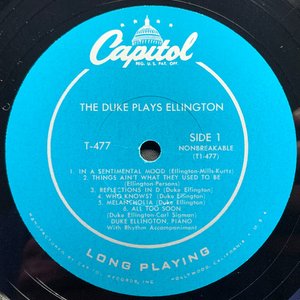


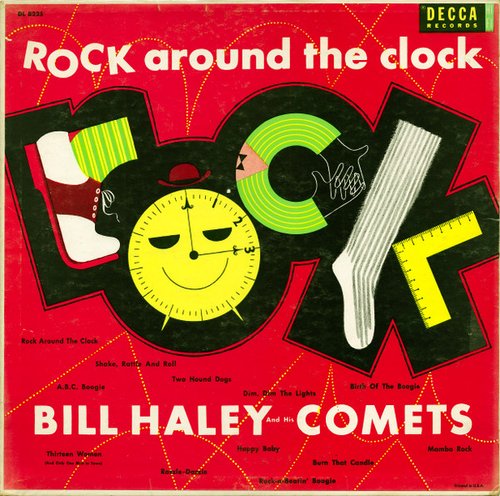
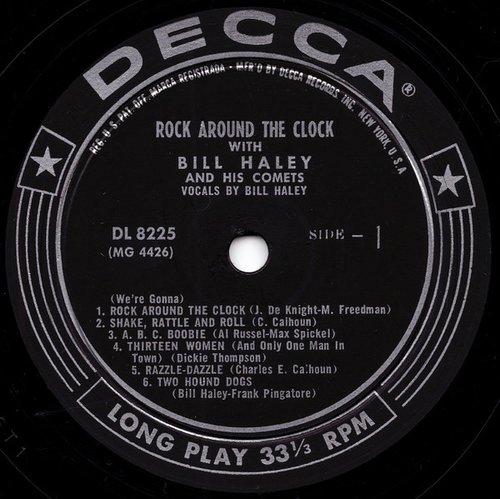

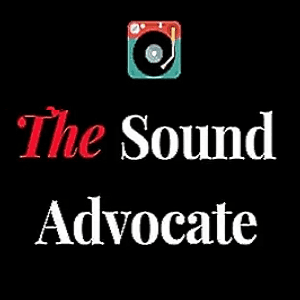
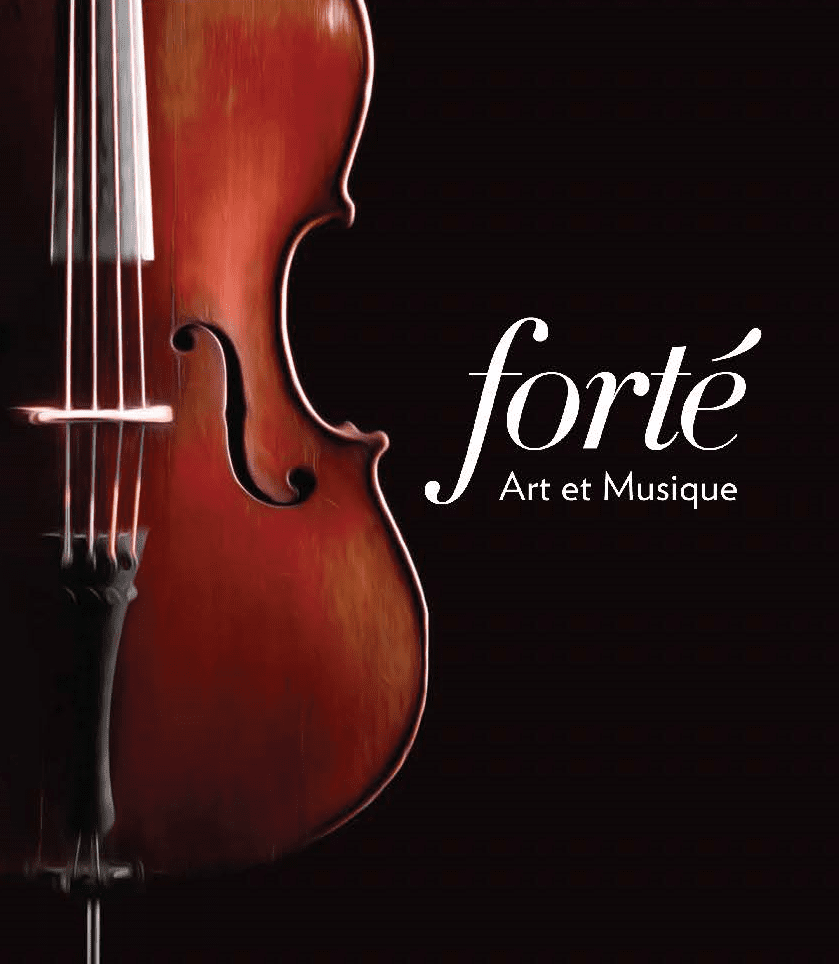
Leave a Reply